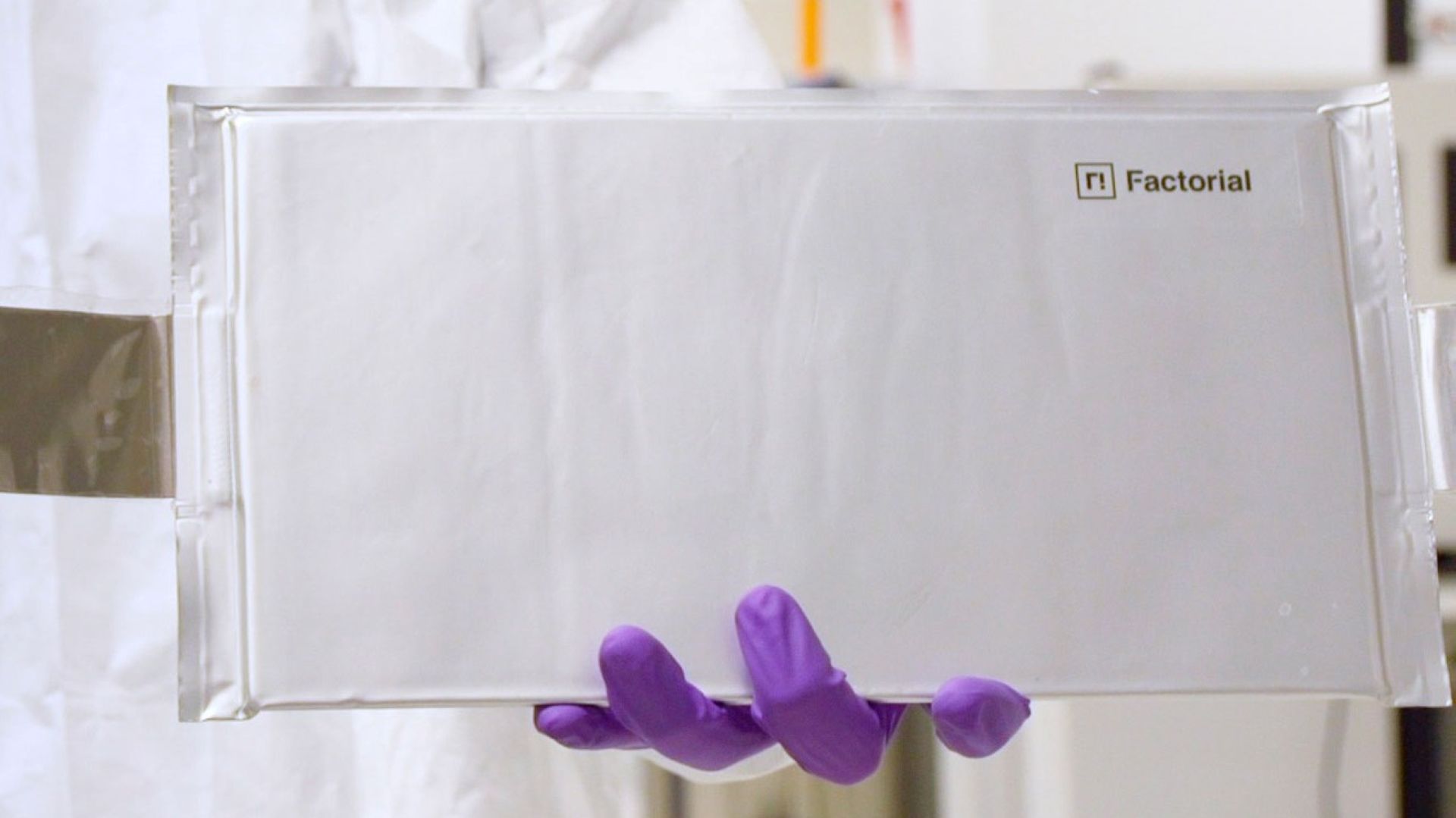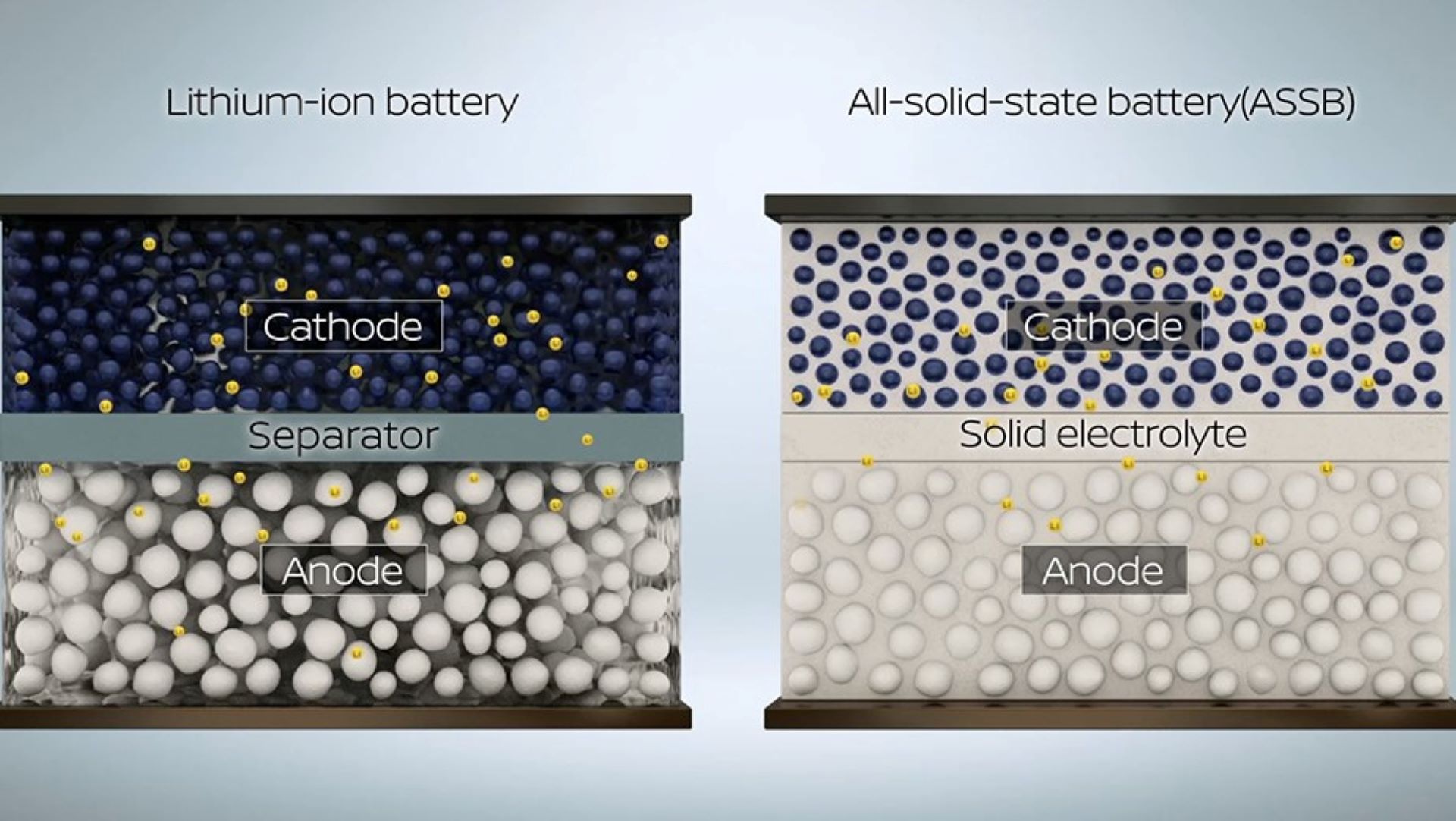Reviving Nostalgia and Embracing the Go-Anywhere Spirit, Toyota’s FJ Bruiser Concept Fuses Land Cruiser Legacy with Unstoppable Modern Off-Road Technology
LAS VEGAS (Oct. 31, 2023) – Toyota has created the “FJ Bruiser,” a rock crawling beast inspired by the Land Cruiser’s roots, to celebrate the return of the Land Cruiser to the U.S. market. This unstoppable vehicle is designed to go virtually anywhere.
Marty Schwerter, Toyota Motorsports garage team manager, said, “Every year we get the chance to build a SEMA special project vehicle. With the return of the Land Cruiser to the U.S. Market, it made sense to build a rock crawler, so this is our take on a 1966 Toyota FJ45 Pickup Truck. At first, it was referred to loosely as ‘The Unstoppable FJ,’ but by the time it was done, it was a beastly vehicle, and so the team started referring to it as the ‘FJ Bruiser.’” Schwerter and his team created a classic FJ Bruiser with extreme performance capabilities.
To meet the vehicle’s extreme performance requirements, the team turned to Toyota Racing Development in Costa Mesa, Calif. They equipped the FJ Bruiser with a modified version of Toyota’s current TRD, 358 cu.in. V8 NASCAR® Cup Car powerplant, generating 725 horsepower. An intimidating exhaust note is delivered by a MagnaFlow® exhaust, and power is transferred through a race-built Rancho Drivetrain Engineering® transmission.
The FJ Bruiser remains a solid axle vehicle, emphasizing its old-school brawn. Built to be unstoppable, the driveline features front and rear Currie® differentials and an Advanced Adapter Atlas® transfer case that provides four 2WD speeds and four 4WD speeds. This setup allows the FJ Bruiser to crawl at low speeds of 12 mph and reach up to 165 mph in the highest gear.
If ground clearance becomes an issue, the team has installed a tank-like track system that can power the FJ Bruiser out of any high-centered situation. The CAMSO® track can be controlled from the cockpit, eliminating the need for the driver to unstrap and use a winch. Tank mode can be activated with a single button press.
The team faced the challenge of incorporating modern, terrain-conquering technology into the classic FJ’s relatively small chassis while preserving its iconic design. They constructed a full tube chassis and roll cage, then attached the body to the more rigid custom frame. To handle rough terrains, a full trailing arm suspension with Fox® shocks and Eibach® springs was added. The FJ Bruiser rides on 42-inch BF Goodrich® Krawler T/A KX tires mounted on 20-inch Method® Beadlock wheels, which give the vehicle an impressive stance.
Inside the FJ Bruiser, Complete Customs® collaborated with the team to create a functional and stylish interior. The MOMO® Daytona EVO seats were upholstered in plaid, resembling the FJ’s original bench seat, with a vintage 1968 Jackie Stewart championship steering wheel.
The combination of modern automotive technology and the classic FJ design makes the FJ Bruiser a truly remarkable vehicle. Starting with a worn-out 1966 FJ45 pickup, the team transformed it into a concept vehicle ready to conquer the toughest terrains in the world.
Mike Tripp, group vice president of Toyota Marketing, said, “This build is iconic, one-of-a-kind, and, let’s face it, totally radical looking. It’s a reminder of what Land Cruiser has always been; a vehicle built to take you as far as your imagination will allow.”
The FJ Bruiser is showcased at the Specialty Equipment Market Association (SEMA) show in Las Vegas, where Toyota has its largest presence to date. The Toyota booth features over 19 accessorized vehicles, builds, and concepts, as well as an expanded Associated Accessory Products (AAP) section.
Please note: The vehicle mentioned is a special project prototype modified with parts and accessories not available from Toyota. These modifications may void the vehicle’s warranty, impact its performance and safety, and may not be street legal.








